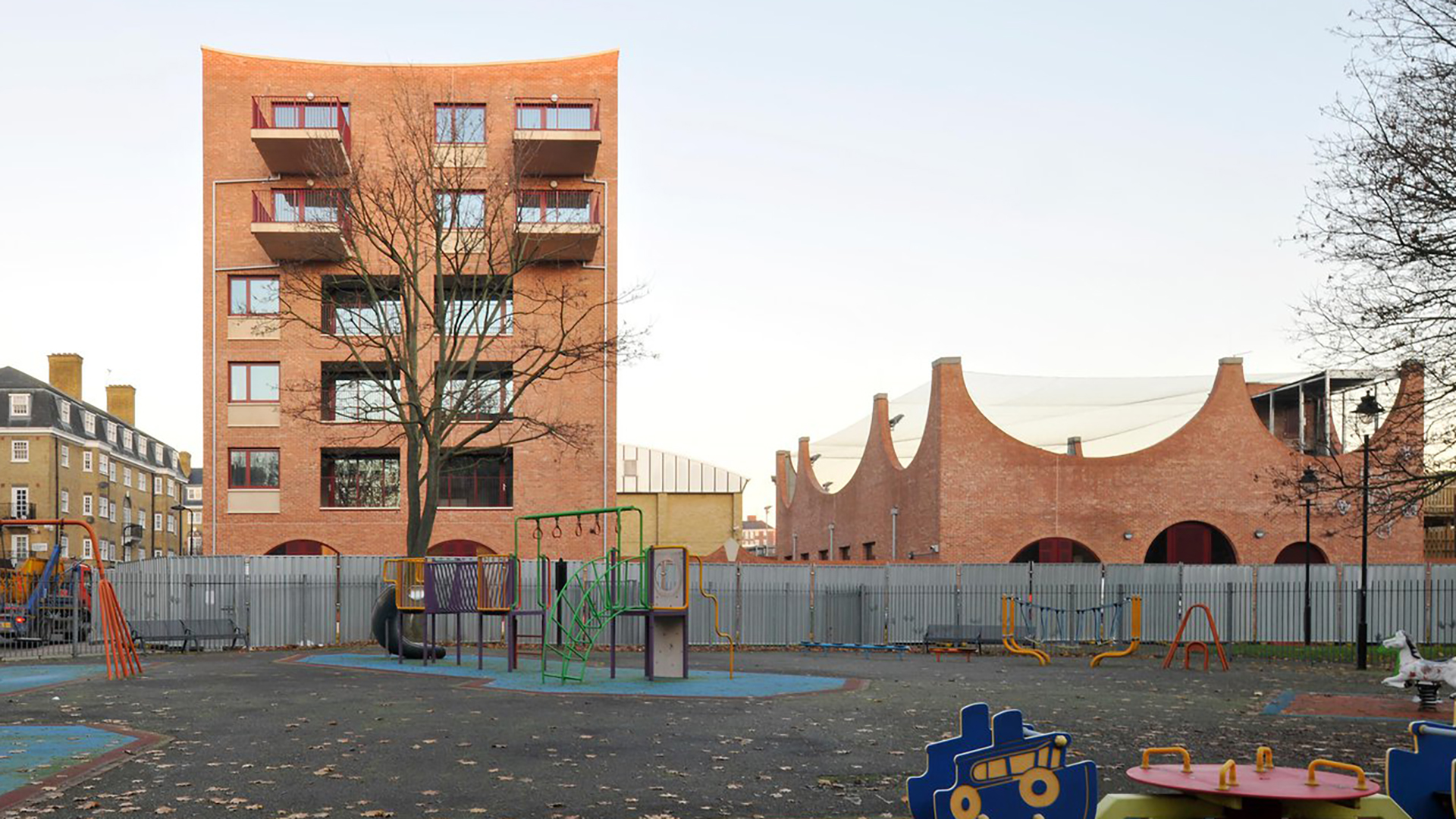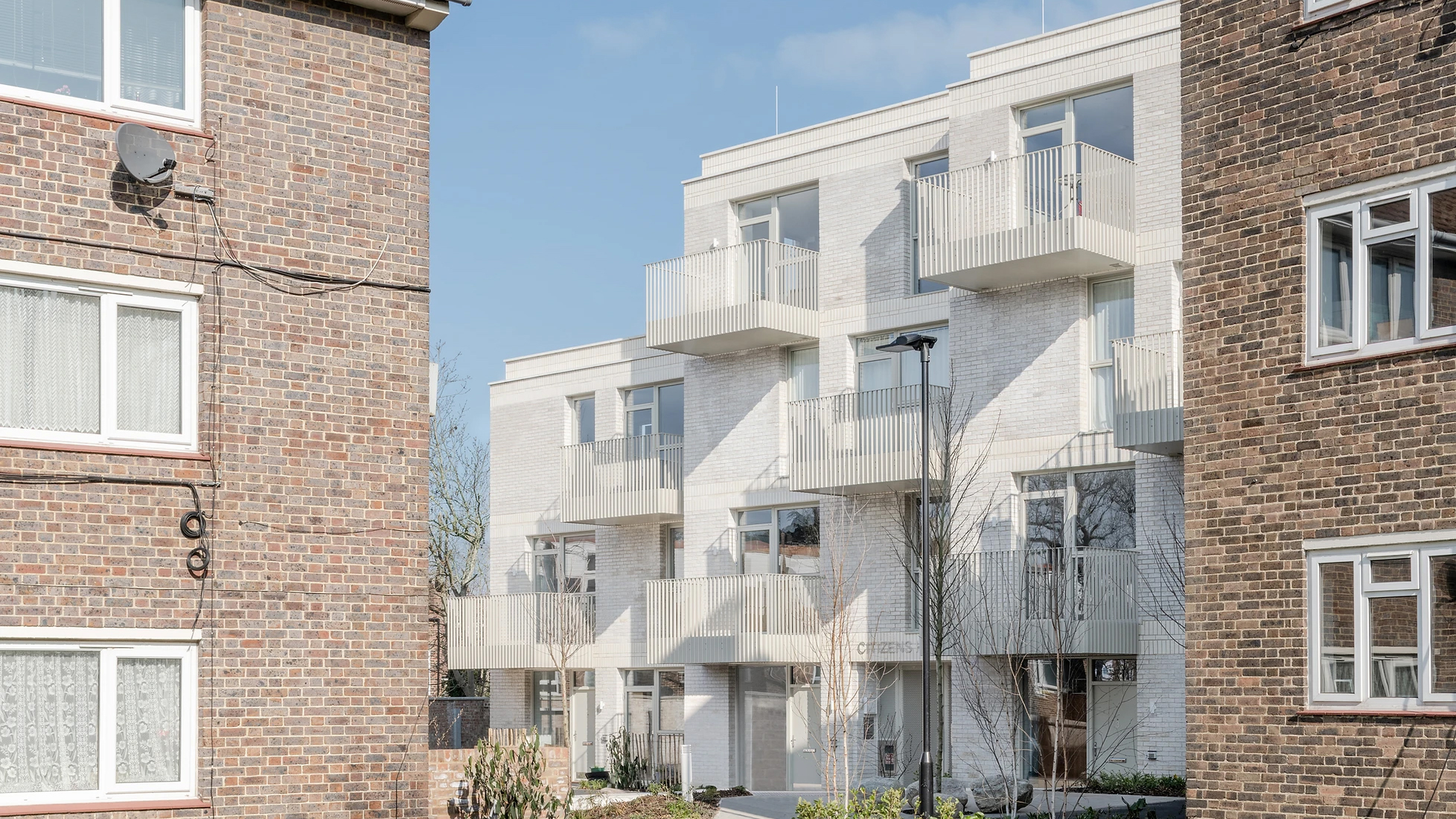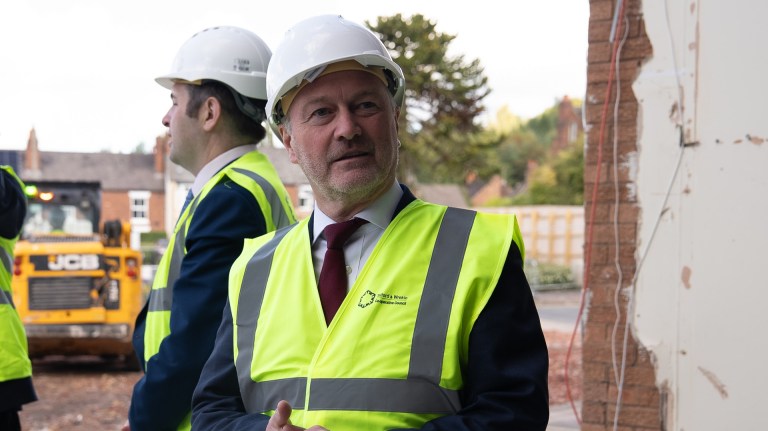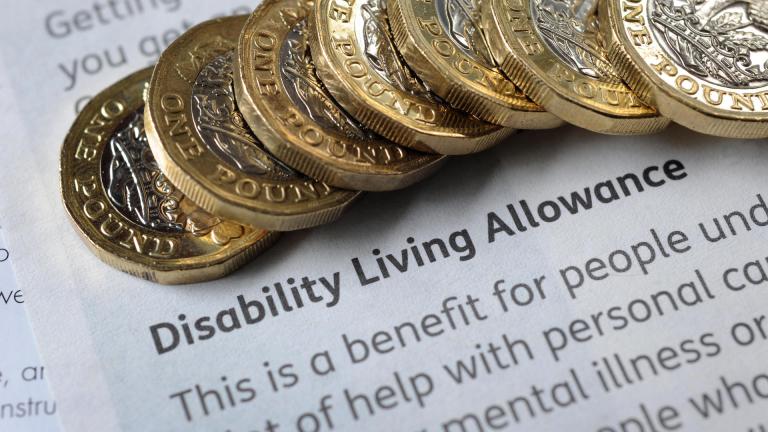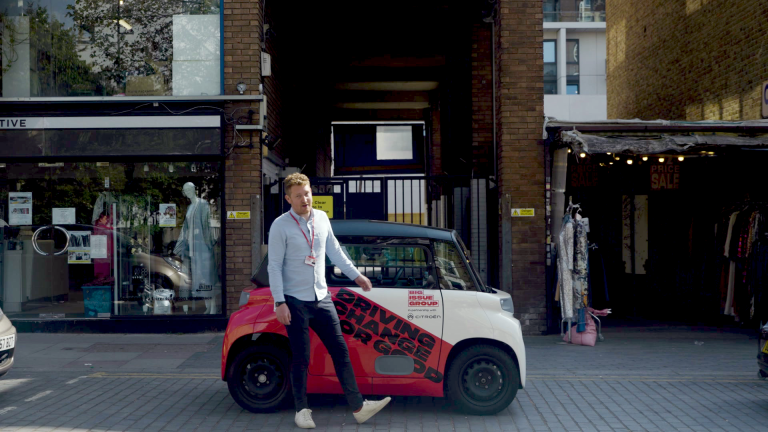With Labour’s promise to deliver the biggest boost to affordable housing for a generation if elected, there needs to be a renewed focus on how we can design affordable housing and deliver it inclusively.
The concern is that swathes of new houses could be designed and built by a coalition of funders, developers, local authorities and architects with little-to-no look in from future tenants, and not enough consideration being given to how this new housing could lead to larger benefits for local communities.
Change a Big Issue vendor’s life this winter by purchasing a Winter Support Kit. You’ll receive four copies of the magazine and create a brighter future for our vendors
This is where co-design comes in – a design process becoming commonly used and talked about within the world of architecture, but not nearly enough beyond it. The term co-design describes the act of designing collectively with local stakeholders and users. To go a step further, it describes a process in which these users are treated as equal collaborators in the design process – breaking down that historical hierarchy between architect/designer, and the public.
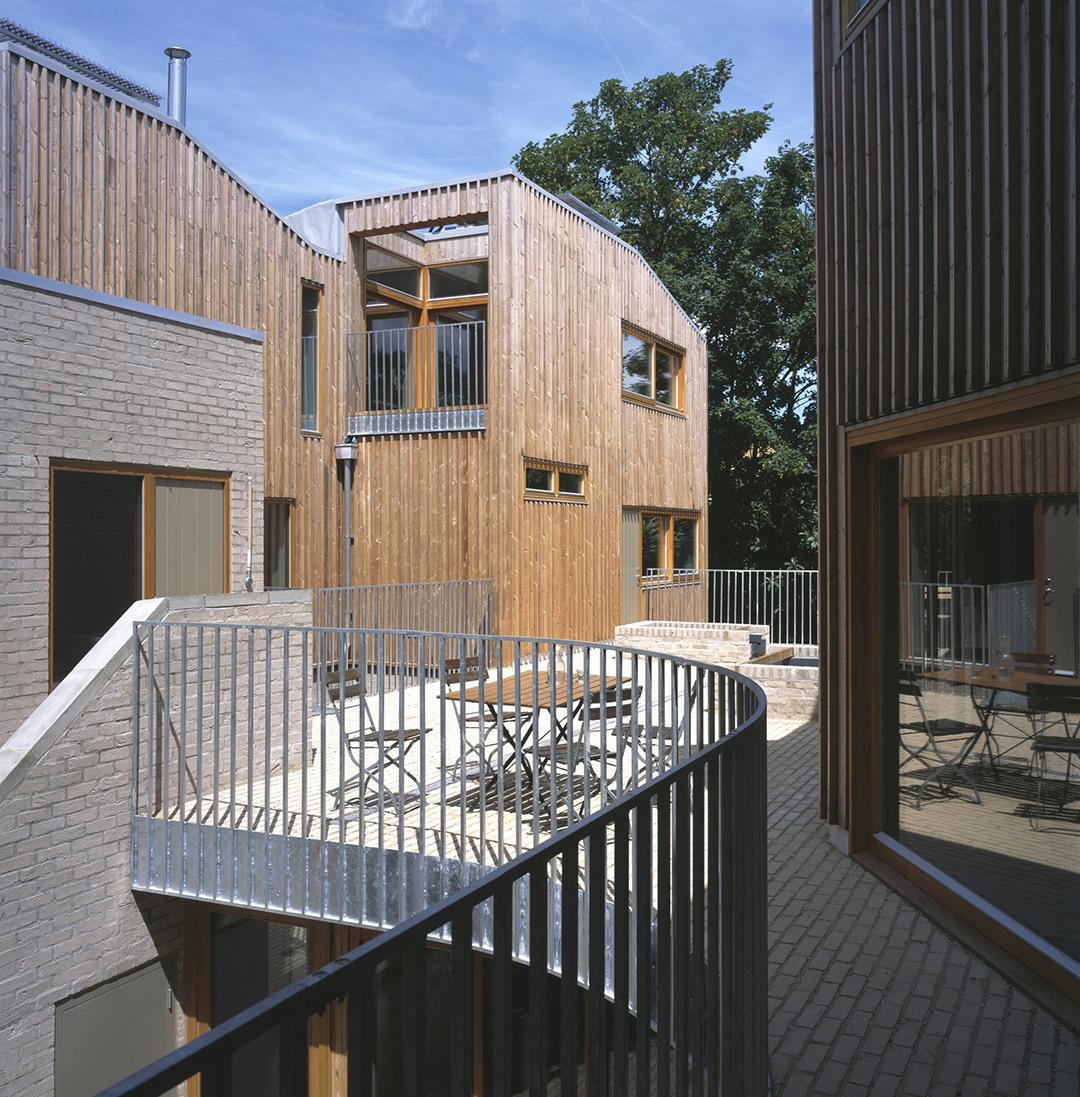
It is an approach we are passionate about promoting the merits of, and with the support of RIBA (Royal Institute of British Architects) and UCL (University College London), we recently published a co-design report and user guide, which examines how the co-design process can be embedded effectively and meaningfully into projects. Not only do we believe co-design can achieve better buildings, but, on a much grander scale, we believe it can help us move towards a fairer, more equitable, and more inclusive built environment all round.
As part of this report, we carried out research into a number of developments where co-design has been used to help to facilitate this redistribution of power, and truly inform a project outcome. These range from the development and design of a new public square and youth space in Wembley, through to a masterplan for a housing-led urban extension in Ashford, Kent. Community-led, affordable housing developments that adopt co-design methods in London are currently few and far between though, found mostly on small-scale infill sites typically overlooked by large developers.
